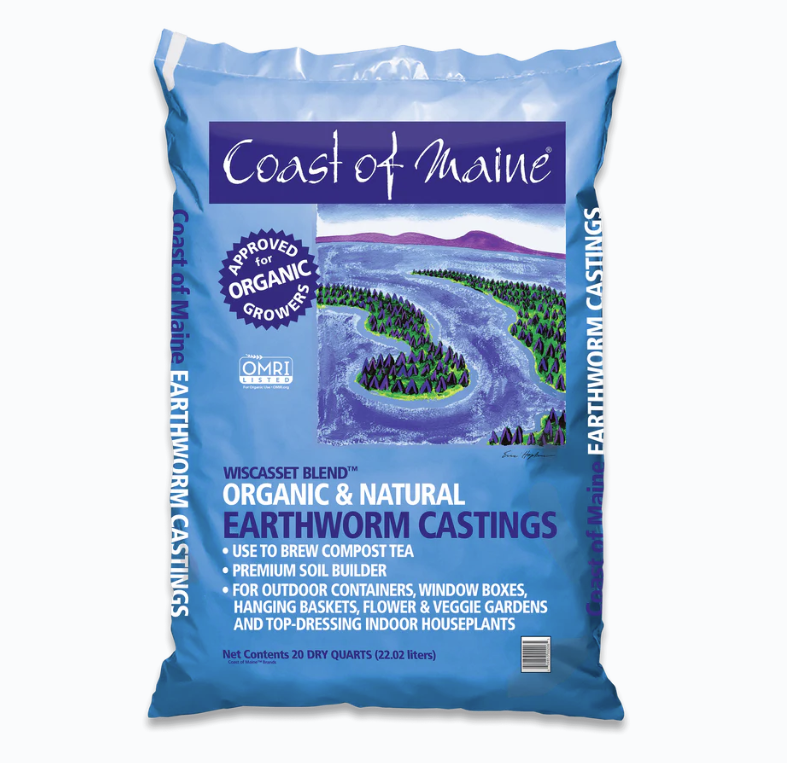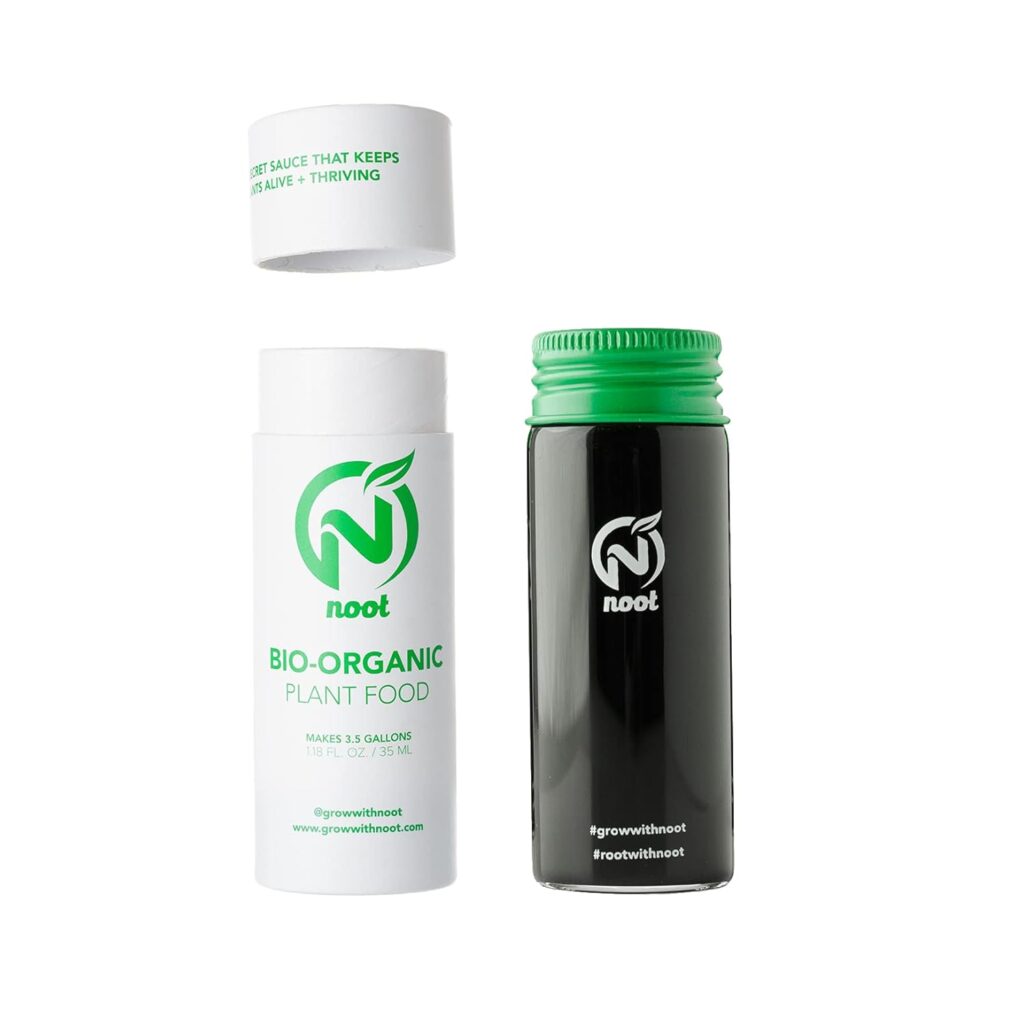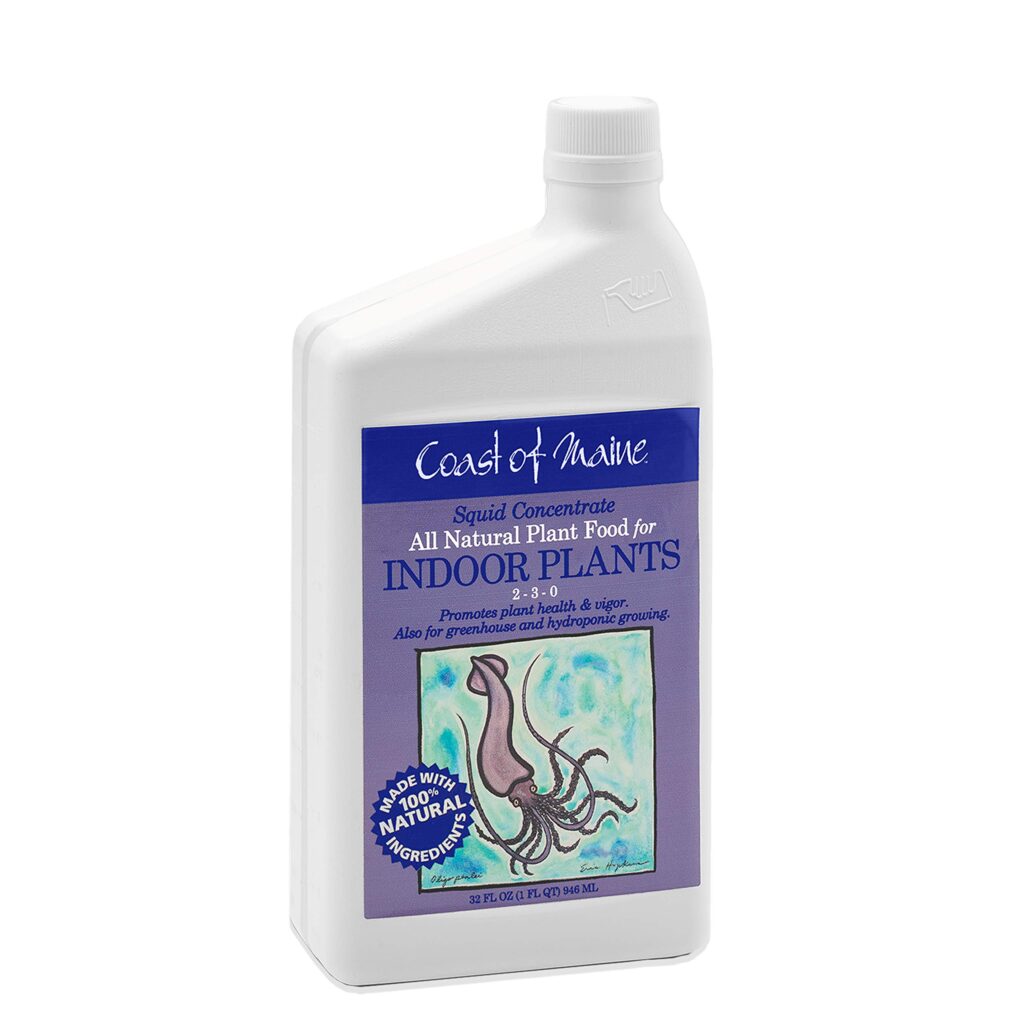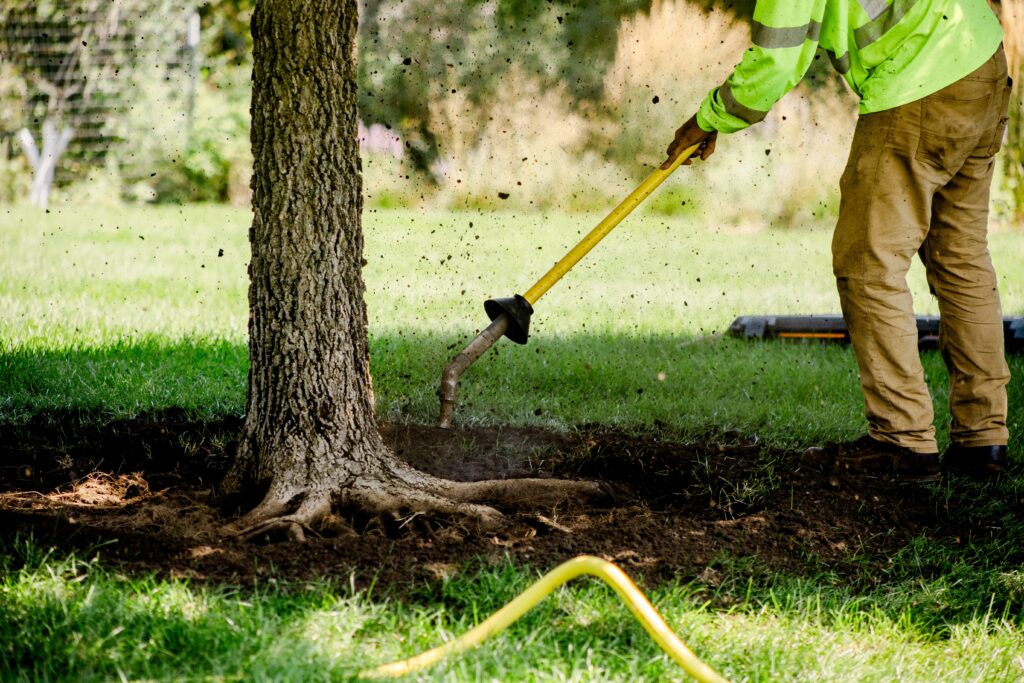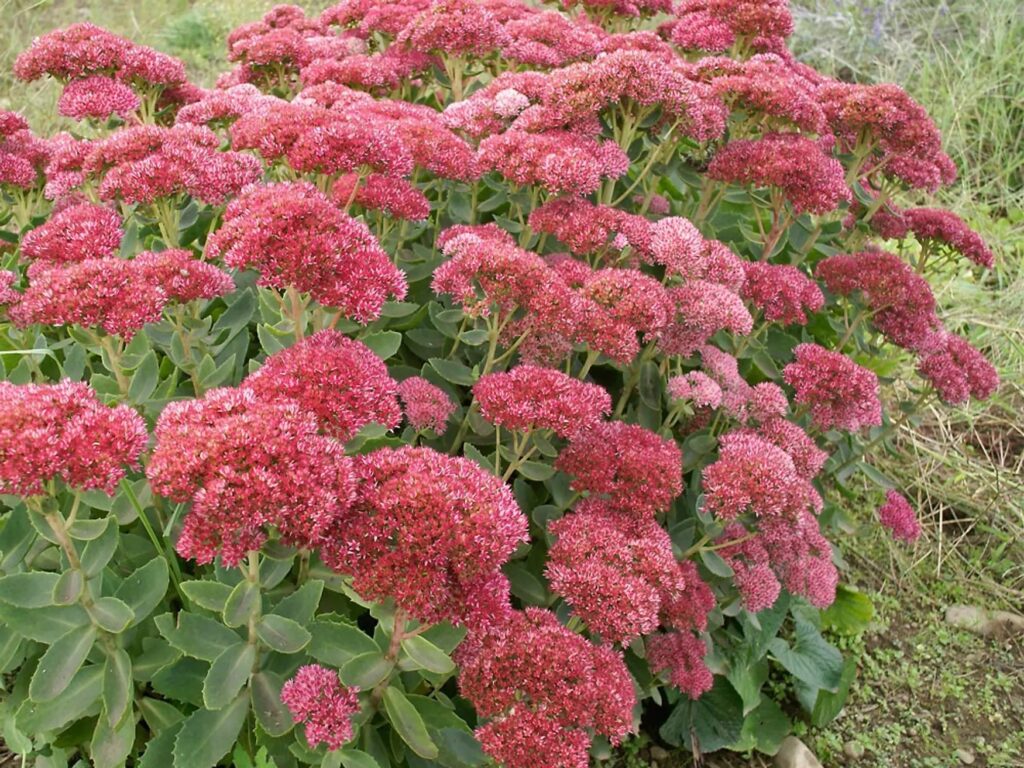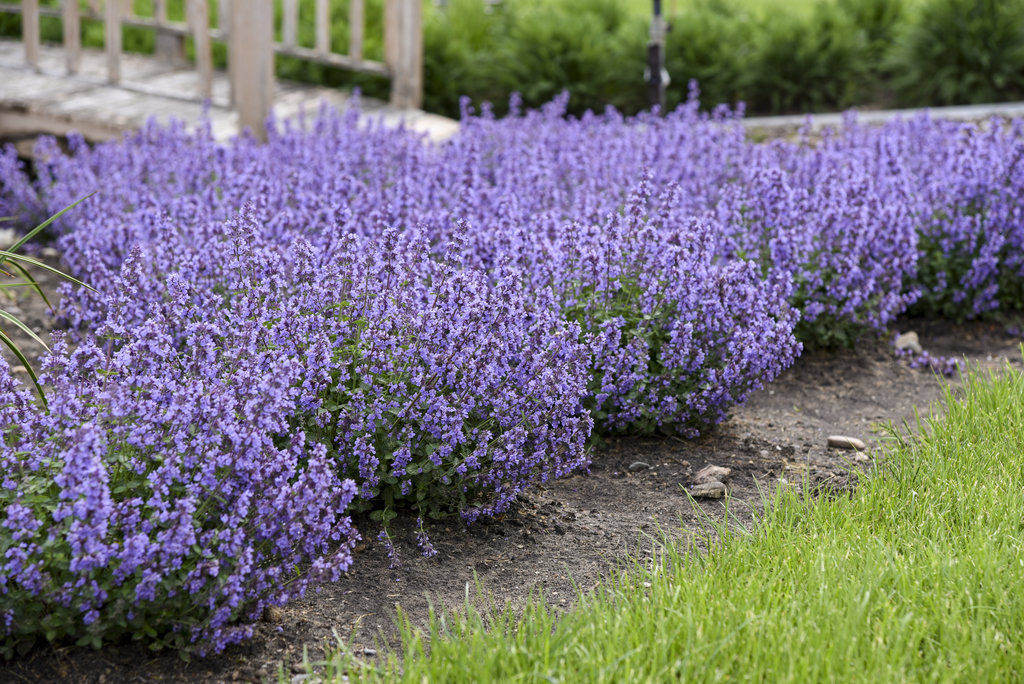When it comes to caring for houseplants, the internet is full of advice—some helpful, but much misleading. Following these myths can leave your plants struggling, even when you have the best intentions. Let’s debunk a few common plant care myths so you can keep your greenery thriving all year-round.
Myth 1: Watering with Ice Cubes
Using an ice cube to water your plants may seem like an easy way to slowly water your plants with less time and thought. This method, often used with orchids, can actually be quite harmful to your plant
Problems:
- It’s Too Cold: By adding cold water to your plant, you’re putting it in shock. Tropical plants are used to warm temperatures, so they are not expecting to be watered with cold water. This can damage plant tissue and hurt the growth of a plant.
- Increased Chance of Root Rot: The slow release of water can cause root rot to set in because most plants need breaks between waterings.
- Plant Stress: The cold shock and chance of overwatering cause stress on a plant. As a result, plants can be more vulnerable to pests, diseases, and fungal issues.
Solutions:
Water your houseplants with room temperature water thoroughly, then let plants dry out before watering again. Typically 1-3 weeks in between waterings depending on the plant variety.
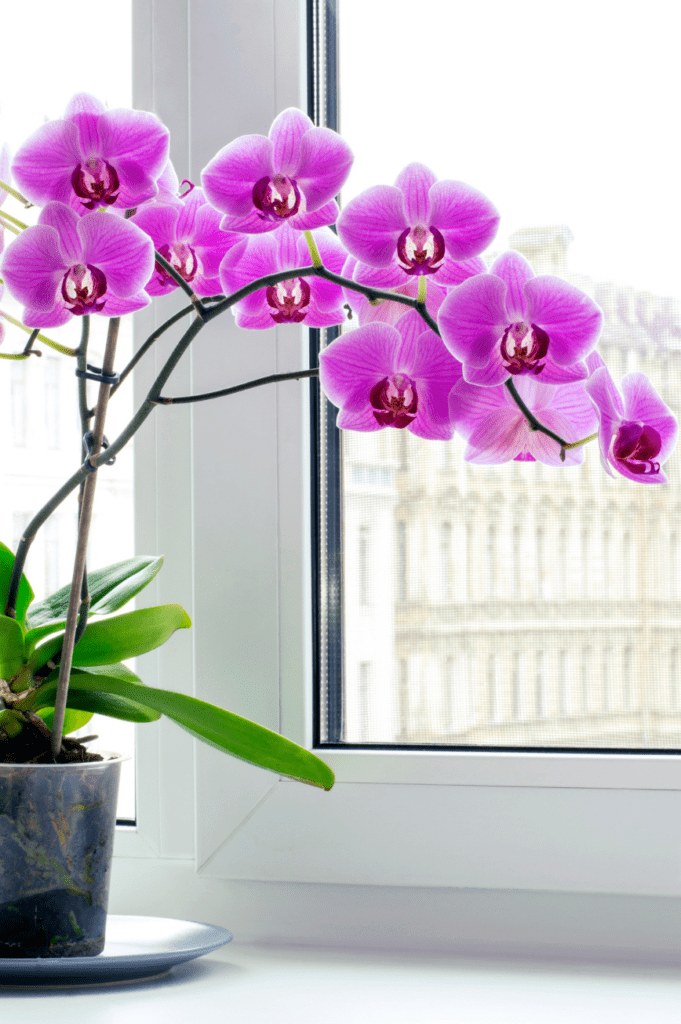
Myth 2: Grow Lights on 24/7
In the daytime, plants harvest light for energy through photosynthesis. Once the sun sets, plants use the dark at night to regulate the energy that they’ve collected. The dark allows plants to slow their metabolic process and conserve energy for periods of low light like on overcast days.
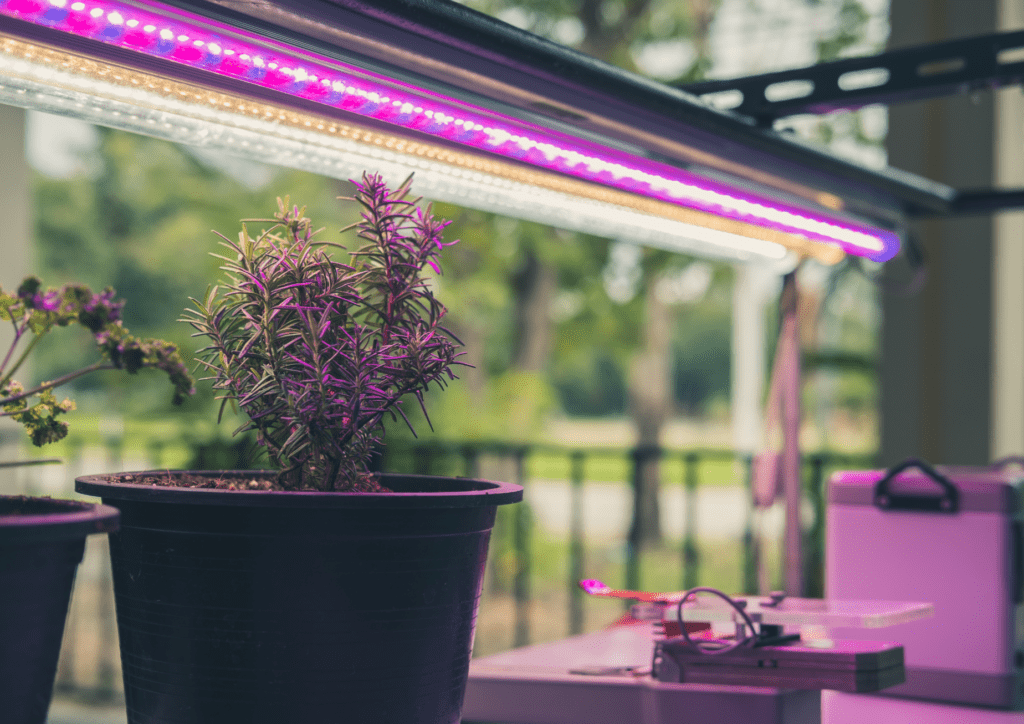
Problems:
When a plant isn’t allowed this time of darkness to regulate its energy, it can cause:
– Stunted growth
– Premature flowering
– Plant stress
– Tissue damage and burning
Solutions:
Just like in nature, your indoor houseplants need a period of dark to rest. Turn off your grow lights at night or set them on a timer. A good timeline for most houseplants is 12 hours on and 12 hours off. Some plants can take more light, especially when in their flowering period.
Myth 3: Misting Plants for Humidity
Tropical houseplants enjoy a humid environment, just like in their native home.
Some have come to the assumption that misting plants will increase the humidity of their environment. While this may be true to an extent, misting is just a temporary solution that ends up causing more problems than good.
Problems:
Short Lasting: While the humidity may be increased for a few minutes, the misted water quickly dissipates. It’s just a Band-Aid to the issue of low humidity.
Burning: Water droplets on a leaf can cause light to be magnified, resulting in burning.
Pests and Disease: The added moisture on leaves may be a draw for pests, diseases, and fungal problems. This risk is even higher for soft leaf plants because the texture holds water droplets longer.

Solutions:
Get a humidifier or pebble tray with water that will release humidity as water evaporates for a more stable humidity level around your plants.
Myth 4: Scheduled Watering
Weekly or bi-weekly watering may work well for a house chore checklist, but plants don’t follow a seven-day schedule like we do. A plant’s environment and variety will affect how much water it will need. For instance, plants in direct light may need more frequent watering due to evaporation, while those in a darker and more humid room might not need water for a month at a time.
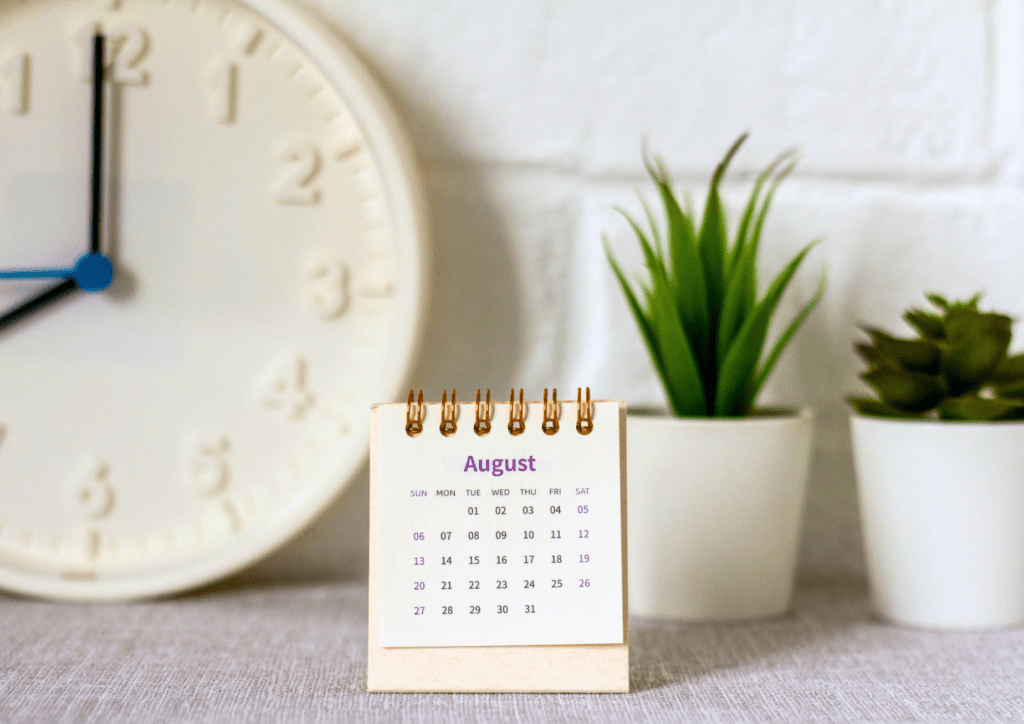
Problems:
Watering plants on a rigid schedule can result in the following issues:
- Overwatering
- Underwatering
- Pests & Disease
- Root Rot
- Mold
- Stunted Growth
- Yellow or Wilted Leaves
Solutions:
Get to know your plants and their specific needs. Note when you water your plants and adjust to watering once they are fully dry.
Tip: Sometimes the soil surface will be dry, but the soil underneath will still be too wet to water. Using a moisture meter or carefully sticking a chopstick in the soil (like checking if a cake is baked) can help determine if a plant needs water.
Myth 5: Pruning & Plant Growth
Another myth among new houseplant enthusiasts is the belief that plants won’t grow back well after pruning. The opposite is true.
Pruning encourages new growth and is beneficial for many reasons. It allows plants to be shaped as desired, signals hormones to produce more growth, and reduces weight and leggy growth.
Pruning Tips:
- Research the specific pruning needs of your specific plant. Care varies depending on species!
- Start by removing yellow, damaged, or dead leaves and stems. This helps the plant focus energy on healthy growth.
- For flowering plants, prune after blooms fade to encourage new buds.
- Remove no more than 25% of the plant at a time to avoid stress
- Prune during the active growing season (spring and summer) for best results.
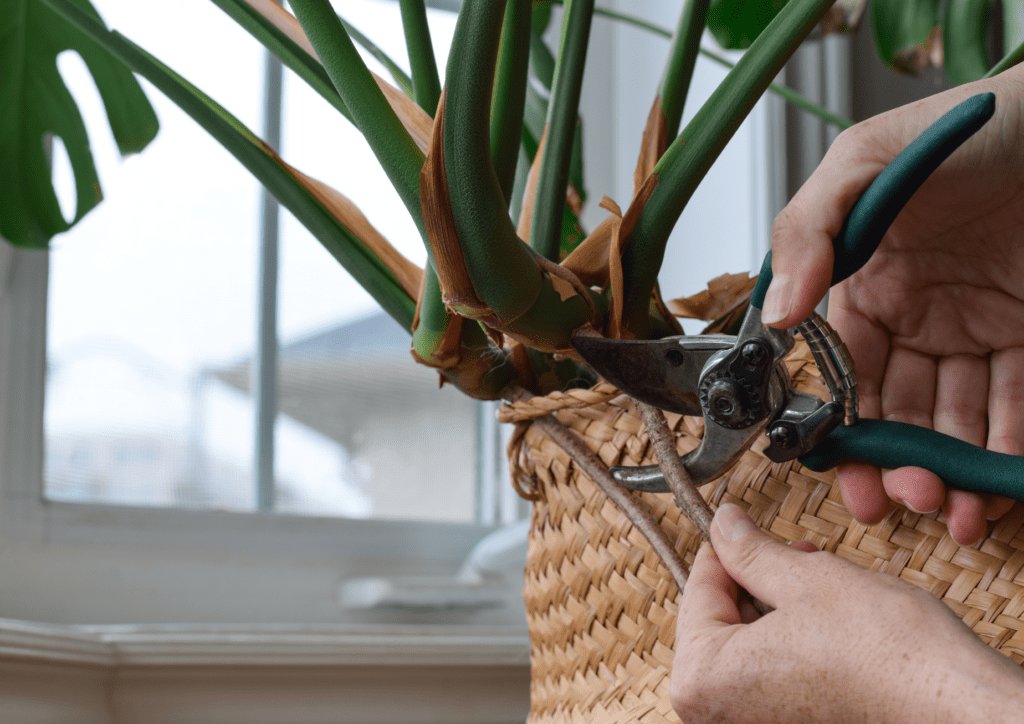
Myth 6: DIY Fertilizers
Many plant enthusiasts believe that using household items like eggshells, coffee grounds, or milk is a great way to fertilize houseplants. While these items do contain nutrients, they’re not in a form that plants can easily absorb.
Problems:
Eggshells and coffee grounds need significant time and decomposition to release nutrients, making them ineffective in the short term. Milk, on the other hand, will spoil as it decomposes, leading to unpleasant odors and potential harm to your plant’s roots.
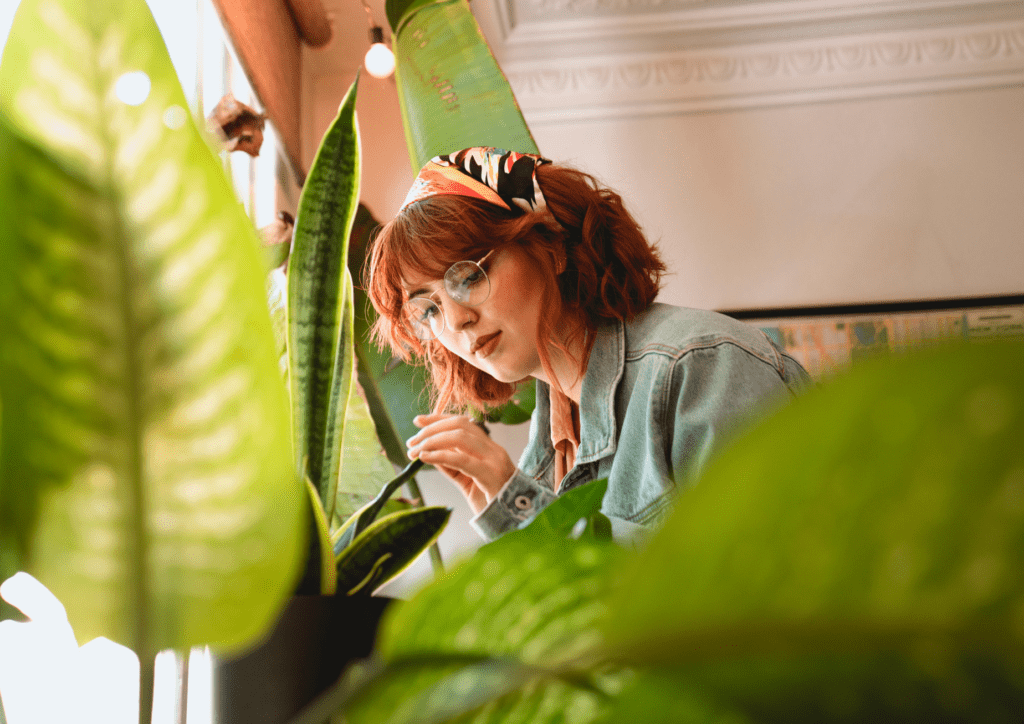
Solutions:
Skip the DIY hacks and use a fertilizer specifically designed for indoor plants. These fertilizers provide balanced, readily available nutrients that your plants can immediately use. Start with a microdose to see how your plant reacts and increase gradually as needed.
Fertilize actively growing plants every 2–5 weeks during the growing season (spring and summer). In winter, most plants don’t need fertilizer unless they’re still growing under grow lights. Always observe your plant’s behavior—yellowing leaves or stunted growth may indicate a nutrient deficiency.
Select Houseplant Fertilizers
Myth 7: Rock Drainage Layer
Adding rocks to the bottom of pots is a common practice because it seems logical—rocks create a gap, so water should drain away from the soil, right? Unfortunately, this idea doesn’t hold up in practice. Instead of improving drainage, the rock layer creates a false “water table,” a situation where water pools at the bottom of the soil layer rather than flowing freely out.
Water doesn’t flow easily between materials of different textures or densities. When you have soil sitting on top of rocks, the water tends to stay in the soil until it becomes saturated. Only then does it start to seep into the rock layer, leaving the soil above excessively wet for too long.
Problems:
- Soggy Soil
- Root Rot
- Potential for roots to grow into the rock layer, causing further issues.
Solutions:
Always use pots with drainage holes. If that’s not possible, keep your plant in a plastic pot with a drainage hole and place it inside a decorative pot without holes. Check regularly to ensure no standing water remains. Allow the soil to dry out between waterings to maintain healthy roots.
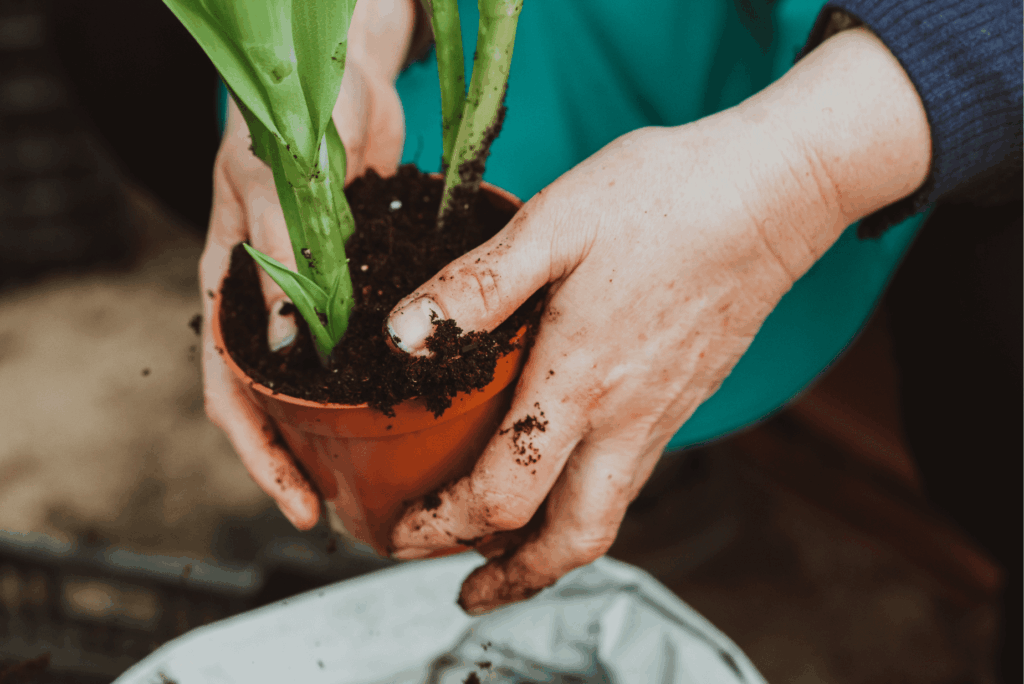
By skipping the rock layer and focusing on proper soil and pot drainage, you’re setting your plants up for healthier, happier growth
Myth 8: “You Have Too Many Plants”
Last but not least, you can never have too many plants!
With over hundreds of species and varieties, there’s a plant for every occasion. Stop by and enjoy our houseplant greenhouse at Sargent’s on 2nd to find out for yourself!
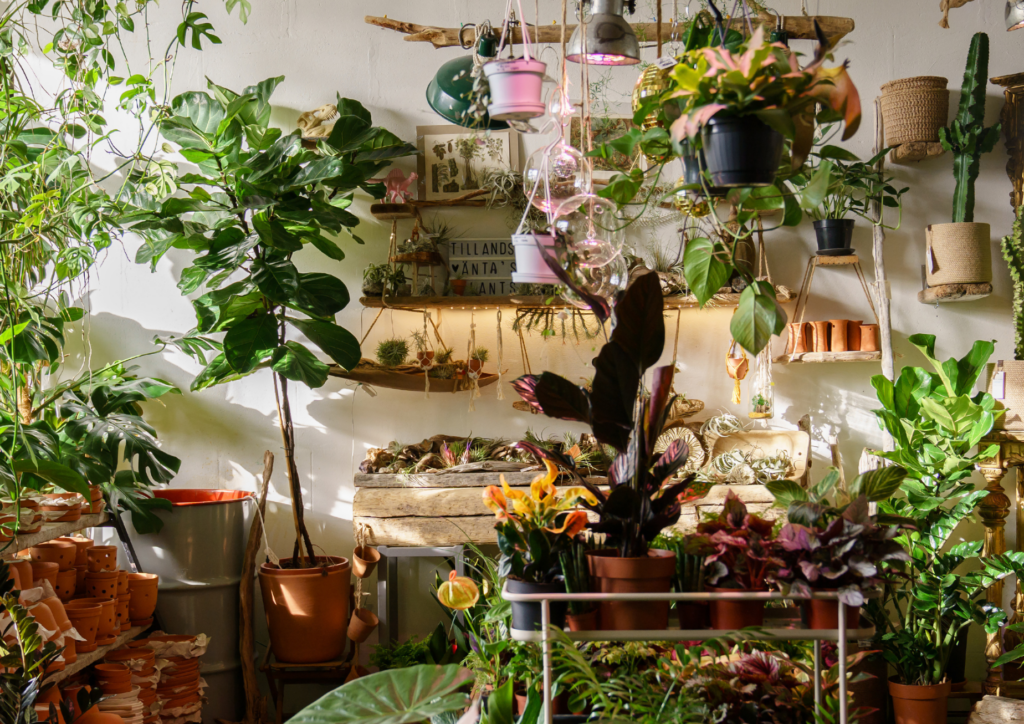
Understanding your plants’ true needs is the key to growing happy, healthy greenery. By skipping the myths and focusing on evidence-based care, you’ll not only save time and effort but also enjoy the satisfaction of thriving plants.
Recent Blog Posts

